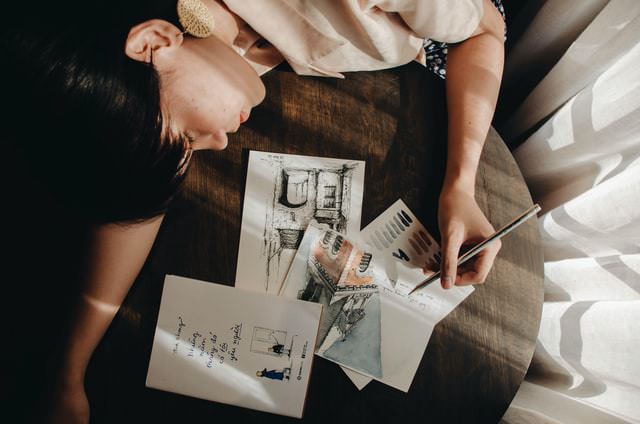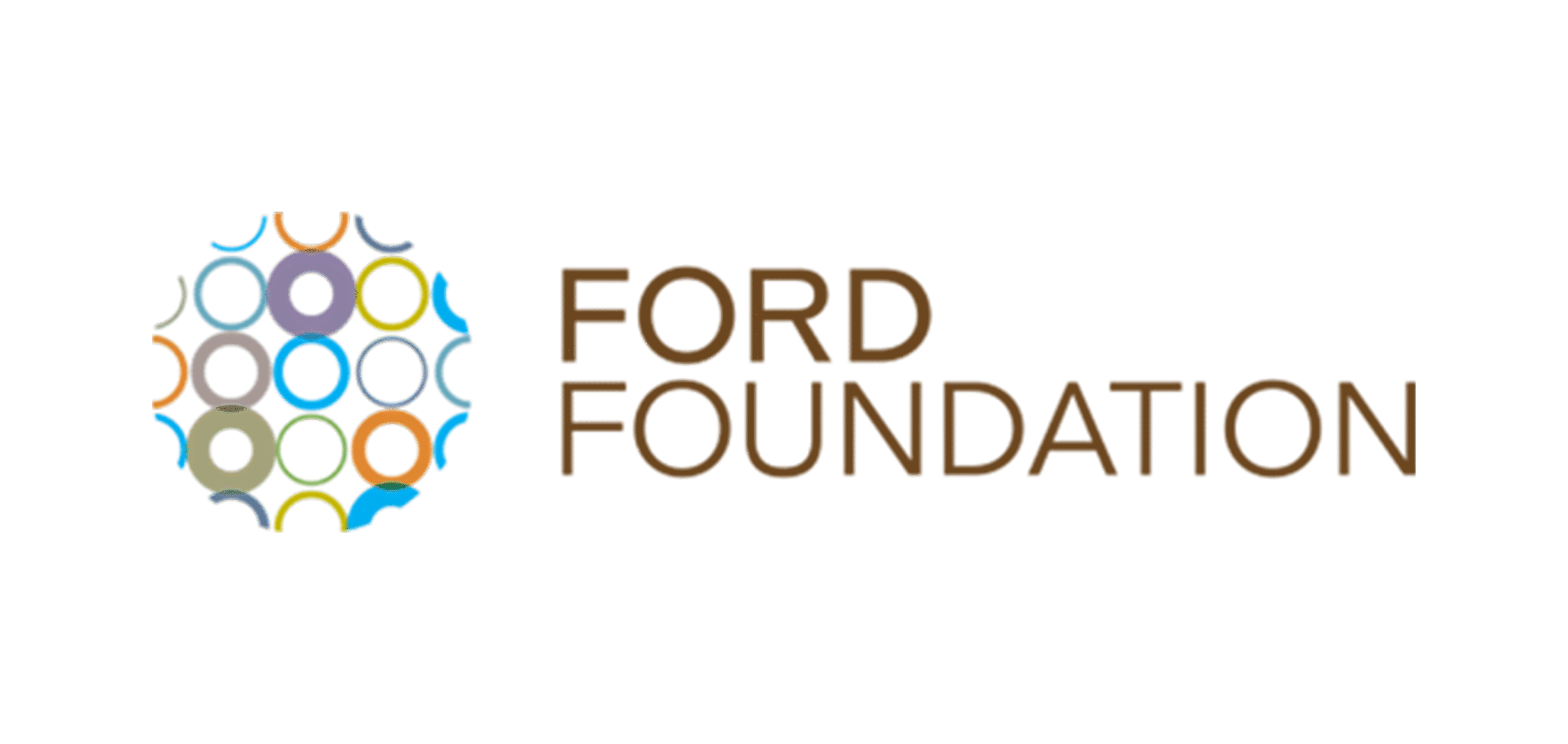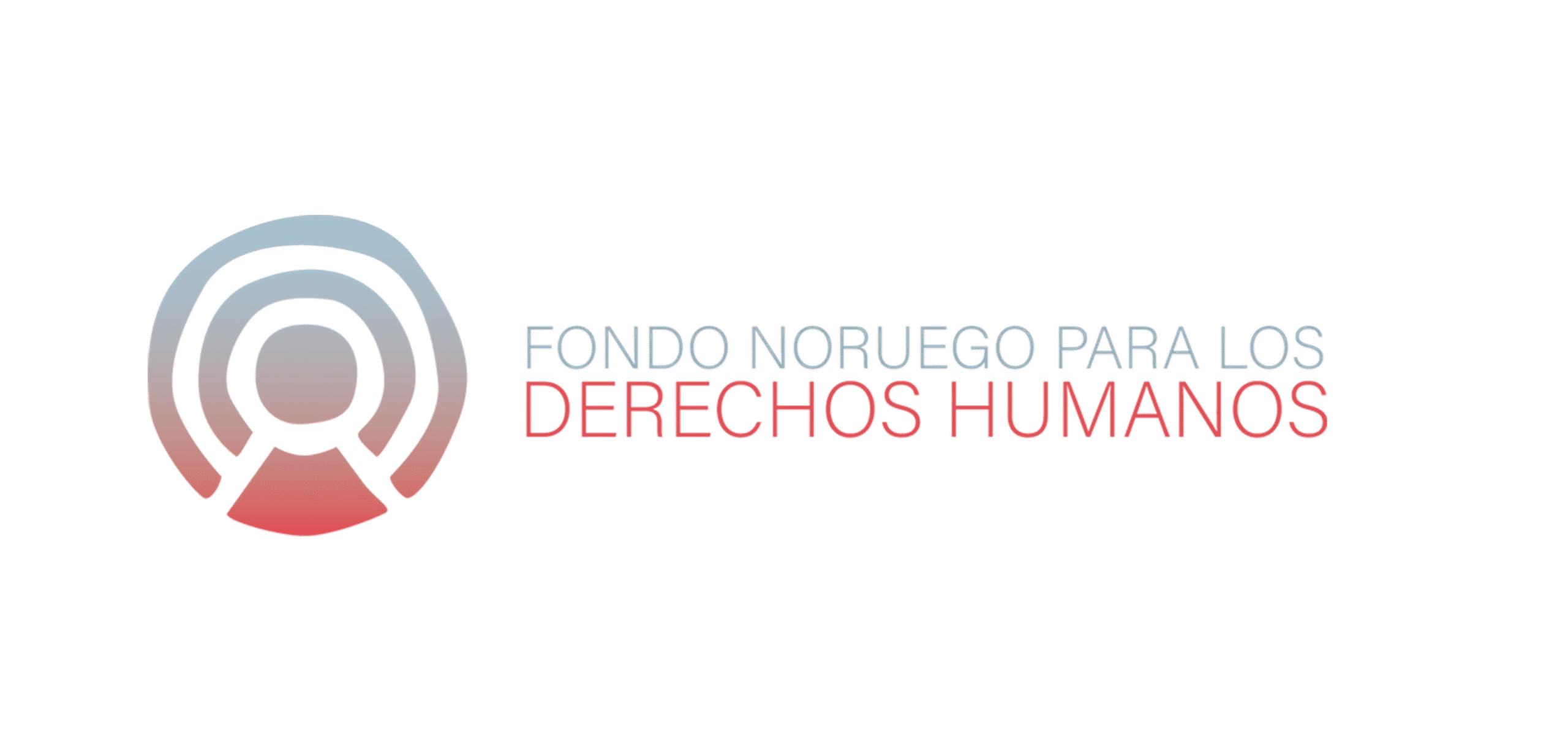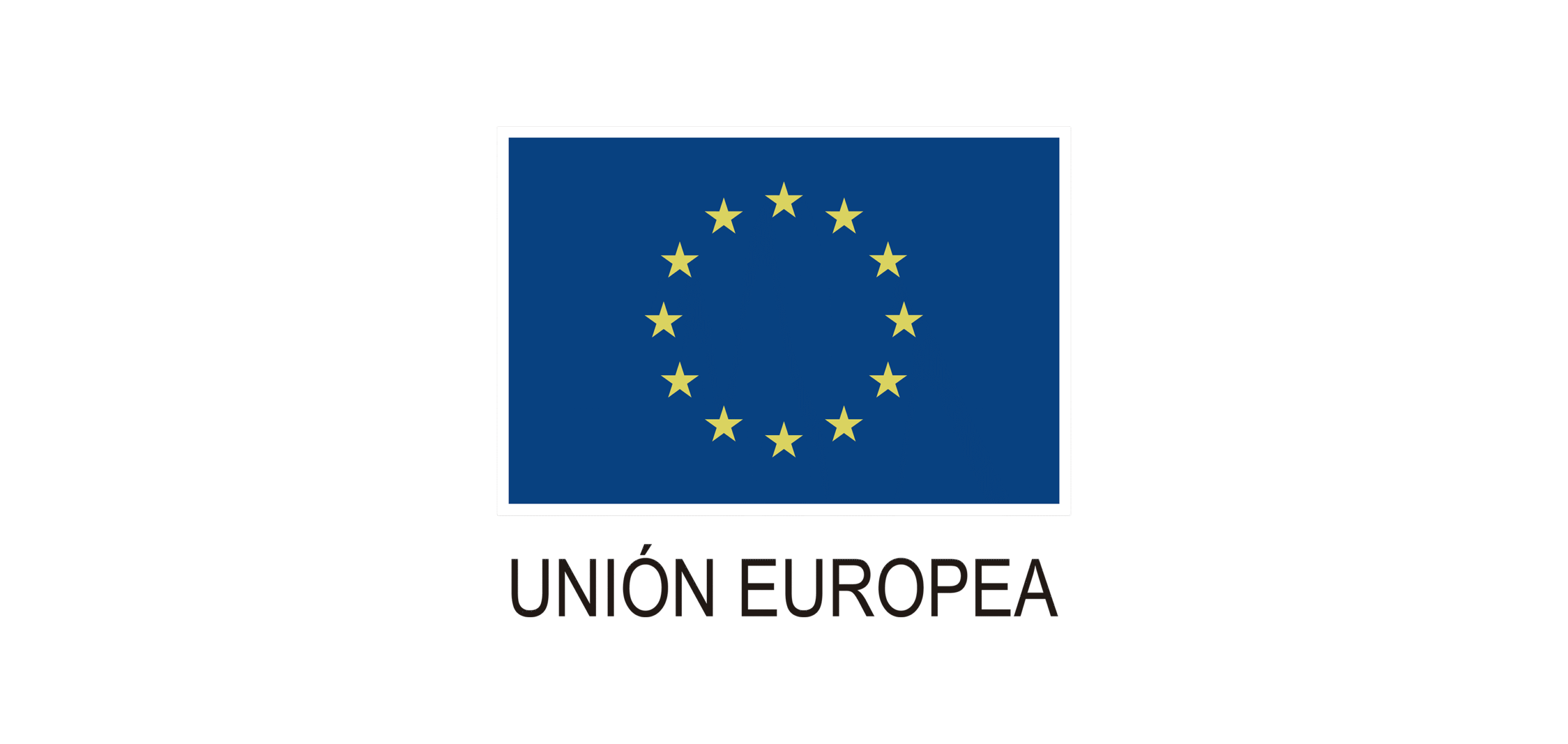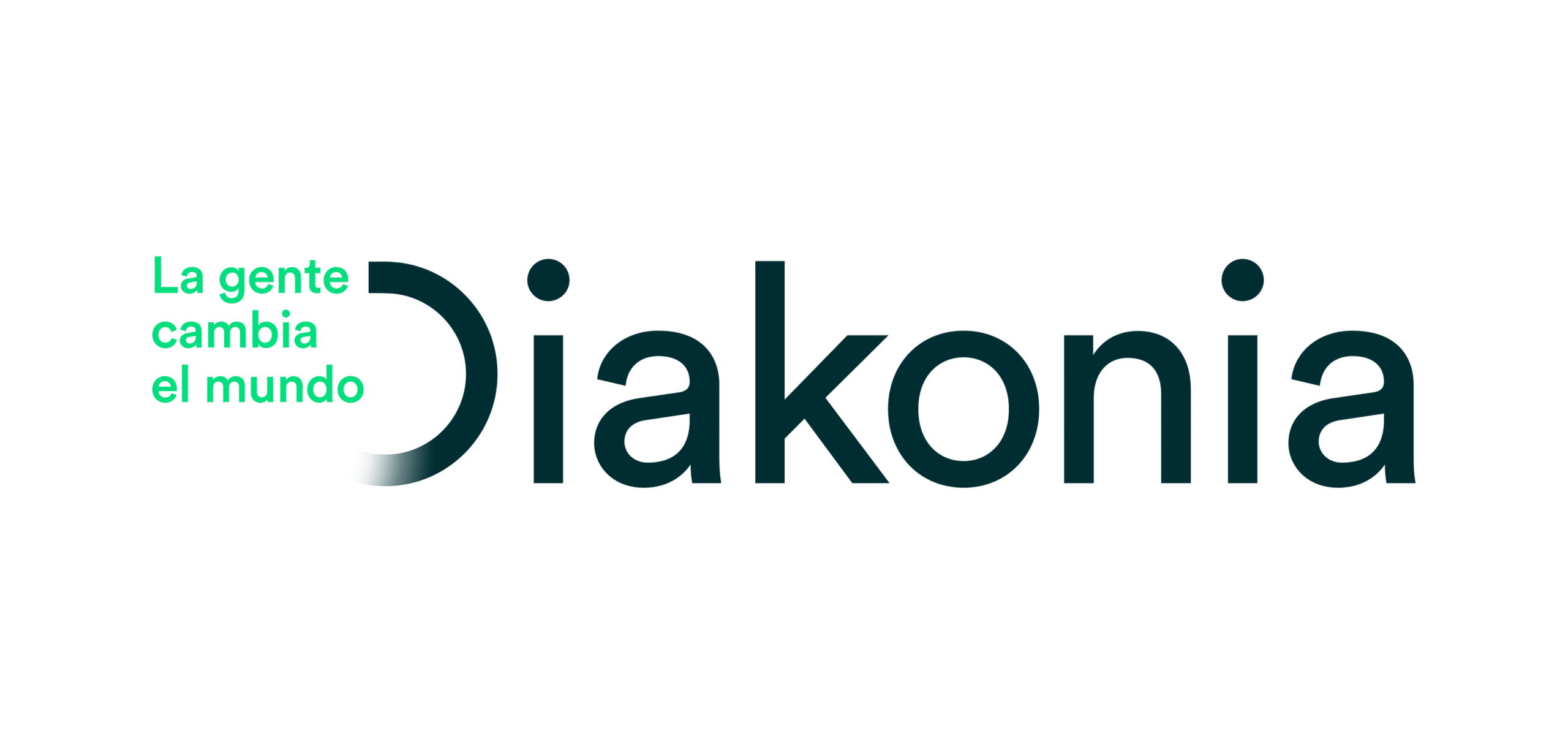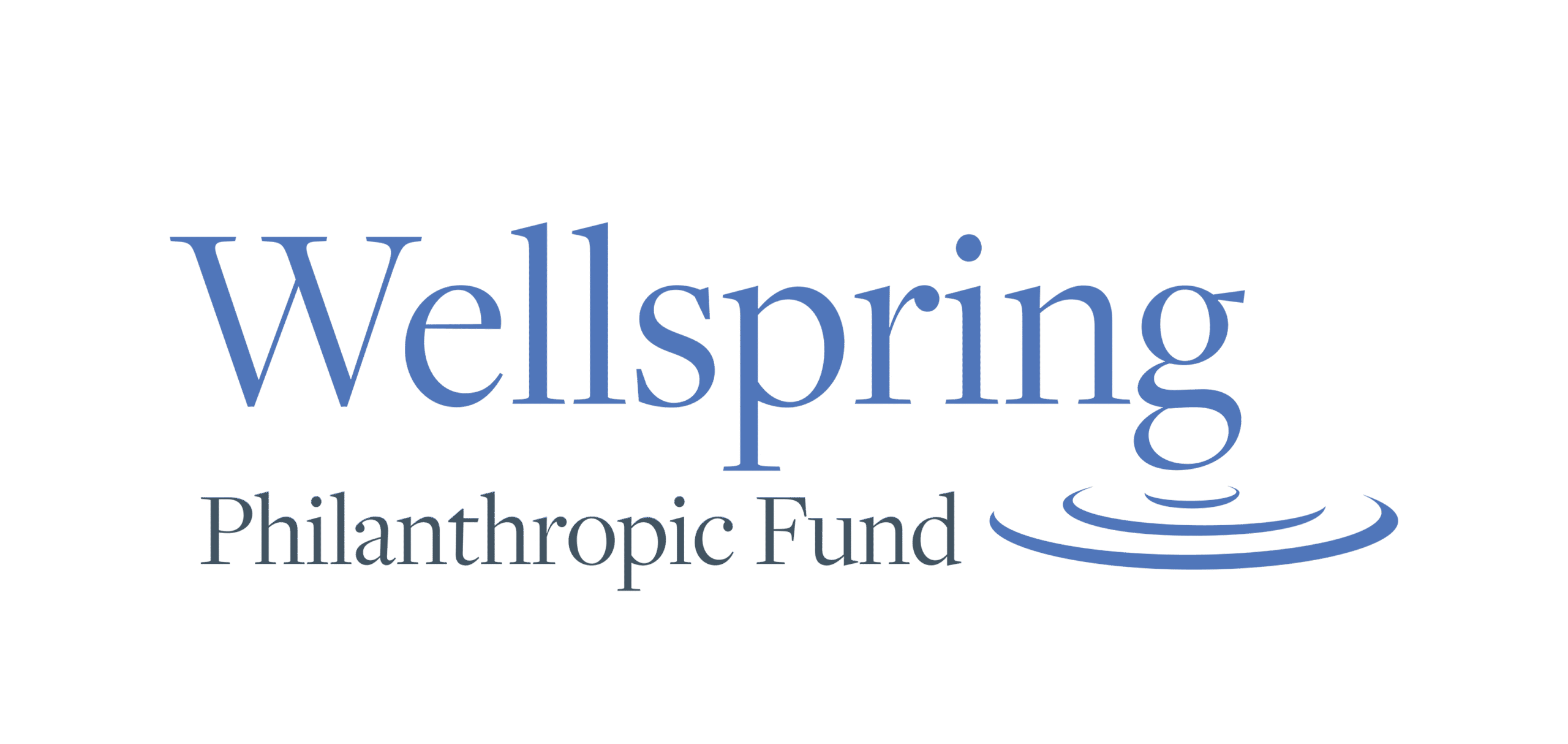The act of having a purifying experience of the emotions, of the soul or of the being itself, is called catharsis. That is what Linda Cabrera did every time she wrote one of her stories, an almost poetic fiction in which she wrote about another woman, about what she felt for her, about her desires. She wrote not only of the desire to love or kiss that other woman who was real, but whom she did not yet dare to bring out of the shadows, but of the desire for normality, that calm that would bring anyone who cared little if one day she had to say "hello, I'm a lesbian".
Writing liberated her, writing was that, immersing herself in another ideal world where she didn't have to pretend to like men because "we grew up in an environment we didn't choose," she says.
Art was also liberation, so fashion design began to attract him like a magnet, an idea to which he clung, always understanding that "art and fashion have an enormous political value that has not been used, precisely because it would seem that fashion is something superficial (...) but it is so powerful that an image or a garment ends up marking someone's identity".
Linda, the designer, Linda, the one who only trusted her secrets to paper, began to understand the powerful discourse behind the dress. It was a process that came to life in the middle of Santa Fe, a neighbourhood in Bogotá where sex work is carried out and where many trans women are found, and with whom Linda set in motion a dream that at one point seemed improbable: to mix activism and fashion.
"All the new paths you open to change and empower the community and to continue with this message of resistance and love are art", recalls Linda, who tells how this experience opened the door to new friendships, new visions and, with these, to her thesis that would later question fashion and the world full of feminine or masculine "codes" that she tried to transgress with her work.
This process triggered a domino effect, the days of hiding that she was a lesbian, the days of pretending she was bisexual and pretending in front of her friends with a reinforced compliment when she saw a man, those days came to an end. It was all a gradual process that undoubtedly had a moment she will never forget, the day she told her twin that she didn't like men.
It is curious how Linda had to go through a process that no heterosexual person ever goes through, as evidenced by the fact that her twin brother never had to "confess" that women gave him butterflies in his stomach. But Linda's story was different, because, like him, she was attracted to women and not telling it had become what she felt as a deception to her brother and to the bond of the one who was born next to her and is still there today.
"With my brother we have an incredible connection, we have been together since the beginning and with one look I can decipher what he has, (...) that's why there was an idea that tormented me and that is that there is no way to hide something from the person I love most in this world (...) telling him maybe it will break his heart, but not telling him will also break his heart", says Linda, who says that with this idea in her head she decided to "take off her mask" as she defines it.
"Is there anything I would say to you that could make you stop loving me?"
"No. Nothing you do or say can make me stop loving you."
Linda says that after this response she could not articulate the exact words to explain that she was a lesbian, but in the midst of the detours she managed to make it clear without even daring to pronounce the word: Lesbian.
"I almost couldn't get the answers in my head, but in the end I did it. The only thing I can say about this process is that my brother has never left me (...) as it was a process for me, it is a process for others too", says Linda, who after that day came out to the whole world about her sexual orientation.
Coming out of the wardrobe at home pushed the last chess piece, the piece that gave life to "Una zurda dibujando", a project in which thoughts become strokes and those strokes give life to what before were unfinished texts that I simply kept in a wardrobe. Art and fashion for me is love and activism, it is the way in which I found meaning to many paths in my life", says Linda, a new Linda who is no longer afraid to hide who she loves.
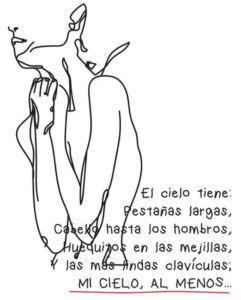
Image and caption taken from instagram @llamame_crespa
"I wrote it a few years ago,
I wrote it because I loved her,
I wrote it when I was unable to accept it,
I wrote it down because I trusted only paper with my thoughts;
Today I am able to publish it".
For more content like this, remember to follow Adelante Sexual Diversity on Facebook


